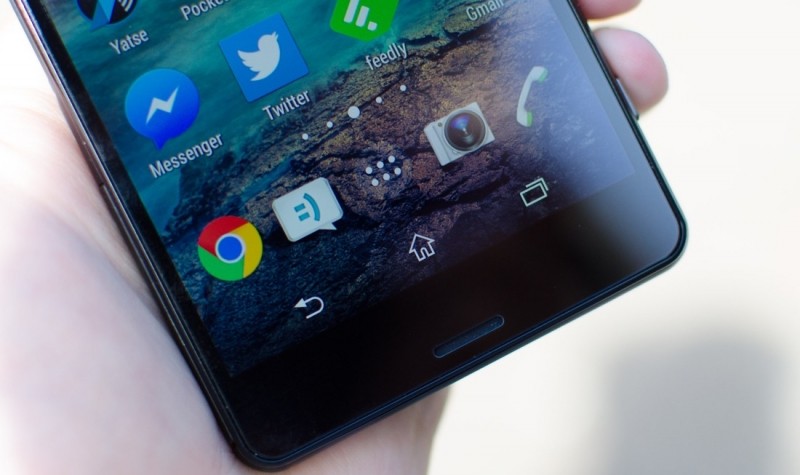
The Mobile World Congress show in Barcelona has always been somewhat of a paean to the mobile phone and, for the last several years, to smartphones. This is the trade show where the world has witnessed the flattening and expanding of smartphones from the smaller screen, thicker devices of just a few years back, into the thin, large-screen devices they are today. With the exception of Apple—who never has a booth here—the show has also been the launch point for a fair number of tablets.
In other words, Barcelona has become the place where most of the world’s vendors have introduced a whole lot of flat slabs of smart glass. This year’s show was no exception. Samsung introduced the S6, HTC unveiled the M9, Microsoft released the Lumia 640, Sony introduced the Xperia M4 Aqua, etc.
Many of these new smartphones offered some notable improvements over their predecessors—better cameras, faster processors, tougher glass, slightly slimmer sizes, and all the other things that have come to represent enhancements to today’s smart phones.
But as with CES, I was disappointed to find that virtually no company has done any fundamental rethinking or redesigning of smart phone form factors. It’s a bunch of smart, flat, planes of glass.
The problem is, that’s not really exciting any more. We can’t exactly get bigger screens without getting devices that are too big. In fact, we’ve seen several vendors pull back from 6” and larger devices and settle down into the 5-5.5” sweet spot that most vendors and consumers seem to see as a relatively ideal size. We may be able to shave off a few fractions of a millimeter in width, but only at the expense of battery size and, likely, battery life. Bottom line is, it increasingly feels like we’ve come to the end of the line when it comes to the basic design of both smart slab smartphones and smart slab tablets. We’ll continue to see improvements in the internals, of course, but despite vendors’ best efforts, all these devices are increasingly looking the same.
It increasingly feels like we’ve come to the end of the line when it comes to the basic design of both smart slab smartphones and smart slab tablets.
To be fair, this form factor seems to work for most consumers overall, but they provide absolutely zero tactile feedback. Now that lack of feedback has been perfectly fine on billions of smartphones sold over the last few years, but it feels like the time has come to rethink where smartphone and tablets designs are going.
We have seen an interesting experiment via LG’s Flex smartphone, which features a curved screen, but not really much else. There have also been some demonstrations of interesting haptic technologies, which provide force feedback to users of touch-based devices, such as tablets and smartphones. The latest is the Tactus Phorm iPad Mini case, which uses a fluid-based screen overlay technology that can generate physical keys seemingly out of nowhere and then disappear when they’re no longer required. In addition, I’ve heard rumblings of technologies that can lever supersonic audio waves to generate a type of haptic force feedback as your hand overs a flat display. Nothing, however, has really seemed to make any kind of impact just yet.

I made the prediction at the beginning of the year —and have since had the thought verified by a number of long-time industry players—that we are due for much more tactile devices and experiences. So far, the market hasn’t really moved in that direction, but I’m certainly hoping that by next year’s MWC, we’ll be able to start looking beyond the flat slabs of today to more interesting form factors of tomorrow.
Bob O’Donnell is the founder and chief analyst of TECHnalysis Research, LLC a technology consulting and market research firm that provides strategic consulting and market research services to the technology industry and professional financial community. You can follow him on Twitter @bobodtech. This article was originally published on Tech.pinions.
https://www.techspot.com/news/59929-flat-slab-finale-time-rethink-smartphone-design.html